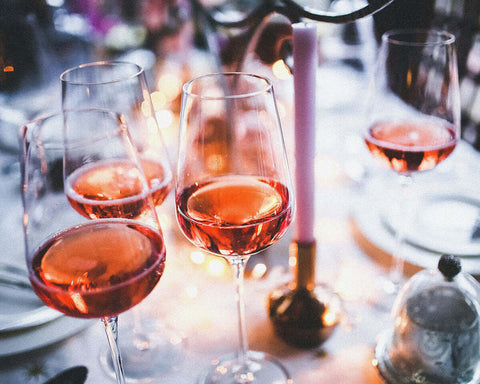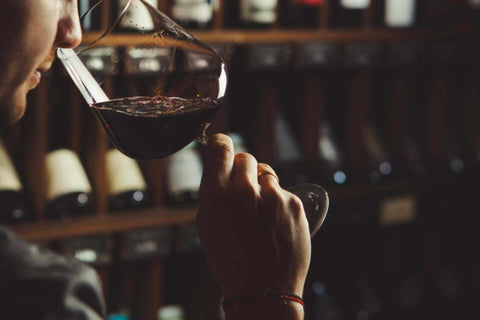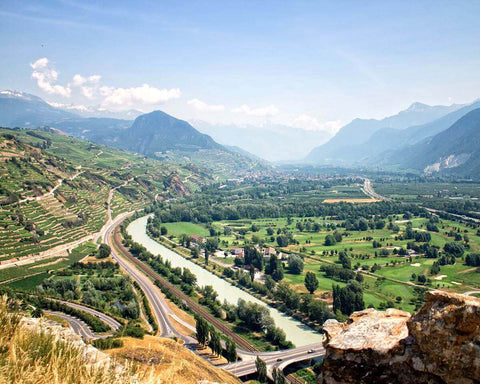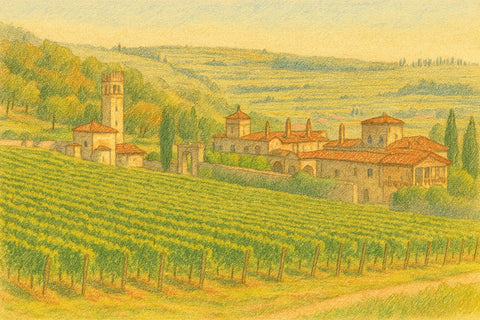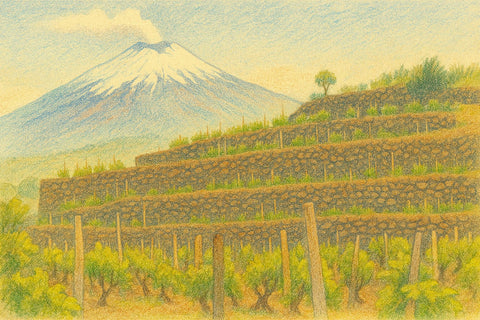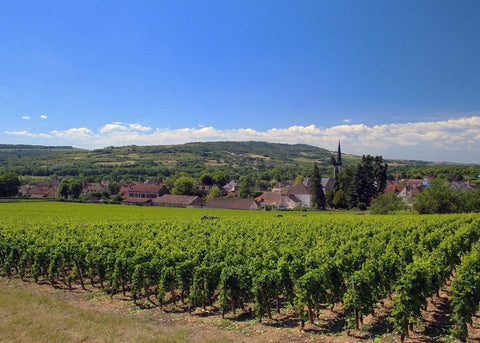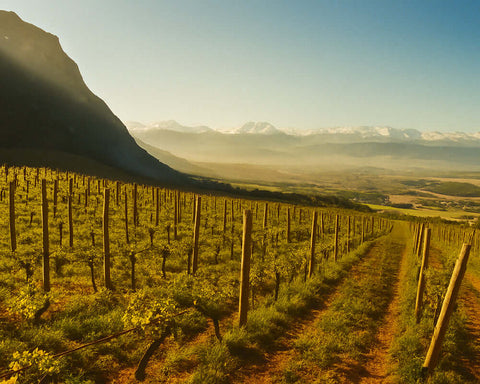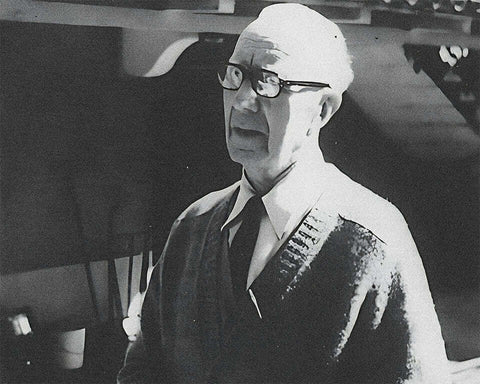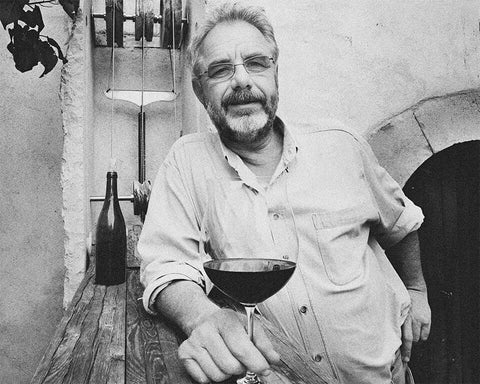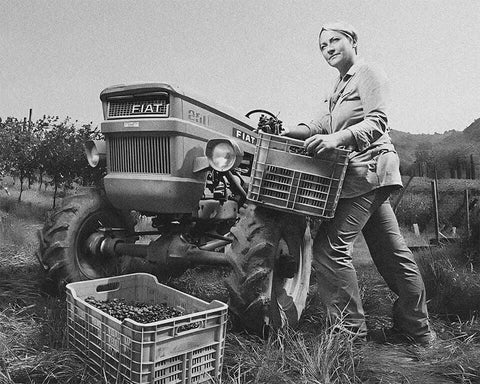Rosé wine is a serious, terroir-driven category—not merely a seasonal refreshment. Made primarily from red grapes with limited skin contact, rosé spans crystalline, bone-dry Provençal styles to deeper, gastronomic expressions like Tavel and Cerasuolo d’Abruzzo. This guide—written in a professional, sommelier- and oenologist-oriented tone—covers precise production methods, color chemistry, regional benchmarks, service, aging, and food pairing so you can evaluate and buy rosé with confidence.
What Is Rosé Wine?
Rosé is produced from red grape varieties using techniques that limit the extraction of pigments and phenolics from the skins. The wine gains its pink hue during a short maceration or via direct pressing of red grapes, then ferments—most often—like a white wine at cool temperatures to preserve aromatics. Importantly, rosé is not simply a mix of red and white: in the European Union, blending to make still rosé is generally prohibited for appellation wines (permitted for certain PGI/IGP wines and widely used for sparkling rosé, e.g., Champagne). Outside the EU, rules vary by region.
How Rosé Is Made: Winemaking Methods
1) Direct Press (Pressurage Direct)
Red grapes are pressed immediately or after a very brief cold soak; the lightly colored juice is fermented like a white wine. Expect pale color, high clarity, and linear, saline profiles—classic in Provence.
2) Short Maceration (Limited Skin Contact)
Destemmed grapes macerate from a few hours up to ~24 hours before pressing. This increases color and light phenolic texture while keeping freshness. Many premium rosés use this approach for balance.
3) Saignée (“Bleeding”)
During early red-wine fermentation, a portion of pink juice is “bled off” to concentrate the red; the bled juice ferments separately as rosé. Saignée often yields deeper color, greater body, and riper fruit characters—excellent with richer cuisine.
4) Blending
Blending red and white wines to produce still rosé is generally not permitted for EU PDO/AOP wines (exceptions exist at PGI/IGP level). For sparkling rosé (e.g., Champagne), blending is common and permitted alongside saignée.
5) Fermentation & Élevage Choices
- Vessels: stainless steel preserves purity; concrete and neutral oak add mid-palate and micro-oxygenation; new oak is rare but used for gastronomic styles.
- Temperature: cool ferments (~12–18 °C / 54–64 °F) protect esters; overly cold ferments can mute texture.
- Malolactic: usually blocked to retain snap; partial MLF can soften razor-sharp acidity in structured rosés.
- Lees: brief sur lie aging and bâtonnage increase creaminess and aromatic length.
Color, Phenolics & Chemistry
- Pigments: Rosé color derives from anthocyanins in red skins. Short maceration and gentle pressing limit extraction; hue ranges from oeil-de-perdrix (very pale) to deep salmon and cherry.
- pH & Acidity: Lower pH (higher acidity) stabilizes color and freshness; higher pH risks dullness and quicker oxidation.
- Phenolics: Minimal extraction keeps bitterness in check; a touch of phenolic grip adds gastronomic utility with olive oil, tomatoes, and spice.
- Oxygen Management: Excess oxygen shifts color toward onion-skin/orange and flattens fruit. Protective handling and appropriate free SO₂ are essential.
Dryness Levels, Body & Style Spectrum
- Dry rosé: ≤4 g/L residual sugar (RS); most premium rosés fall here.
- Off-dry: ~5–12 g/L RS; useful with chili heat and aromatic cuisines.
- Medium-sweet to sweet: >12 g/L RS; includes styles like White Zinfandel.
Body & Alcohol: typically 11–13.5% ABV. Direct-press rosés are light, saline, and citrus-led; saignée or short-maceration examples show riper red fruit, spice, and a fuller mid-palate.
Key Grapes & Regional Benchmarks
- Provence AOP (France): Grenache, Cinsault, Syrah, Mourvèdre. Pale, bone-dry, citrus, wild strawberry, white peach, garrigue, saline finish.
- Tavel AOP (Rhône): Grenache-dominant, deeper color and extract; redcurrant, blood orange, spice; built for the table and short aging.
- Bandol AOP (Provence): Mourvèdre-led, structured, savory; stone fruit, fennel, iodine—ages gracefully 3–5+ years in top vintages.
- Cerasuolo d’Abruzzo DOC (Italy): Montepulciano. Vivid cherry hue, cherry/amarena, herbs; medium-plus body.
- Bardolino Chiaretto DOC (Italy): Corvina-based; delicate rose, pomegranate, bitter almond.
- Spain (Rosado): Navarra & Rioja (Garnacha/Tempranillo). From pale, mineral-driven to fruit-forward.
- United States: Provence-inspired dry rosés (Grenache, Pinot Noir) and off-dry White Zinfandel styles.
- Sparkling rosé: Champagne (blend or saignée), Prosecco Rosé DOC (Glera + Pinot Noir), Cava Rosado.
Sommelier Pairing Principles
- Match intensity: Pale, direct-press rosé for raw/simply grilled seafood; deeper saignée or Tavel for grilled lamb, spice rubs, and umami.
- Acid meets acid: Rosé’s high acidity loves tomatoes, citrus dressings, and vinaigrettes.
- Handle heat: Off-dry rosé tames chili heat in Thai, Sichuan, and Mexican dishes.
- Salt & smoke: Salinity and red-fruit lift pair with anchovies, olives, charcuterie, and smoked salmon.
Service: Temperature, Glassware, Storage & Aging
- Temperature: 7–10 °C (45–50 °F) for pale/delicate styles; 10–12 °C (50–54 °F) for fuller, gastronomic rosés.
- Glassware: Tulip-shaped white-wine stem that narrows slightly at the rim to focus aromatics.
- Storage: Cellar cool and dark. Most dry rosé is best within 1–2 years; structured styles (Tavel, Bandol, Cerasuolo) can develop savory complexity over 3–5+ years.
- After opening: Refrigerate and consume within 2–3 days; use a stopper or inert gas if available.
Quality Clues on the Label
- Vintage: Recent vintages for freshness; exceptions for age-worthy appellations.
- Origin: Recognized appellations (Provence, Tavel, Bandol, Cerasuolo d’Abruzzo) signal defined style and grape rules.
- Varieties & method: Producers who declare varieties, direct press/saignée, or lees aging provide transparency.
- Alcohol: 12–13% ABV often correlates with ripeness and balance; extremes can indicate style choices.
- Closure & shipping: Buy from trusted merchants using cold-chain logistics; heat damage dulls rosé irreversibly.
Common Winemaking Issues (and What You’ll Taste)
- Oxidation: Color shifts toward onion-skin/orange; flavors of bruised apple, nut, or sherry-like notes; shortened finish.
- Reduction: Struck match/rubber on opening; usually resolves with aeration—if not, the issue may be more persistent.
- Bitterness: Over-extraction of seed phenolics; manifests as pithy, drying finish.
- Refermentation: Unintended spritz in still rosé when RS remains; can show turbidity and lifted volatility.
FAQ
Is rosé a mix of red and white? Not for quality still wines in most of the EU; classic rosé is made from red grapes with short skin contact. Blending is common in sparkling rosé (e.g., Champagne) and allowed in some non-EU regions.
Is rosé sweet? Many benchmark rosés are dry. Off-dry and sweet styles exist (e.g., White Zinfandel). Check residual sugar or tasting notes.
Can rosé age? Most are crafted for early drinking. Structured appellations (Tavel, Bandol, Cerasuolo d’Abruzzo) can gain savory complexity over several years.

